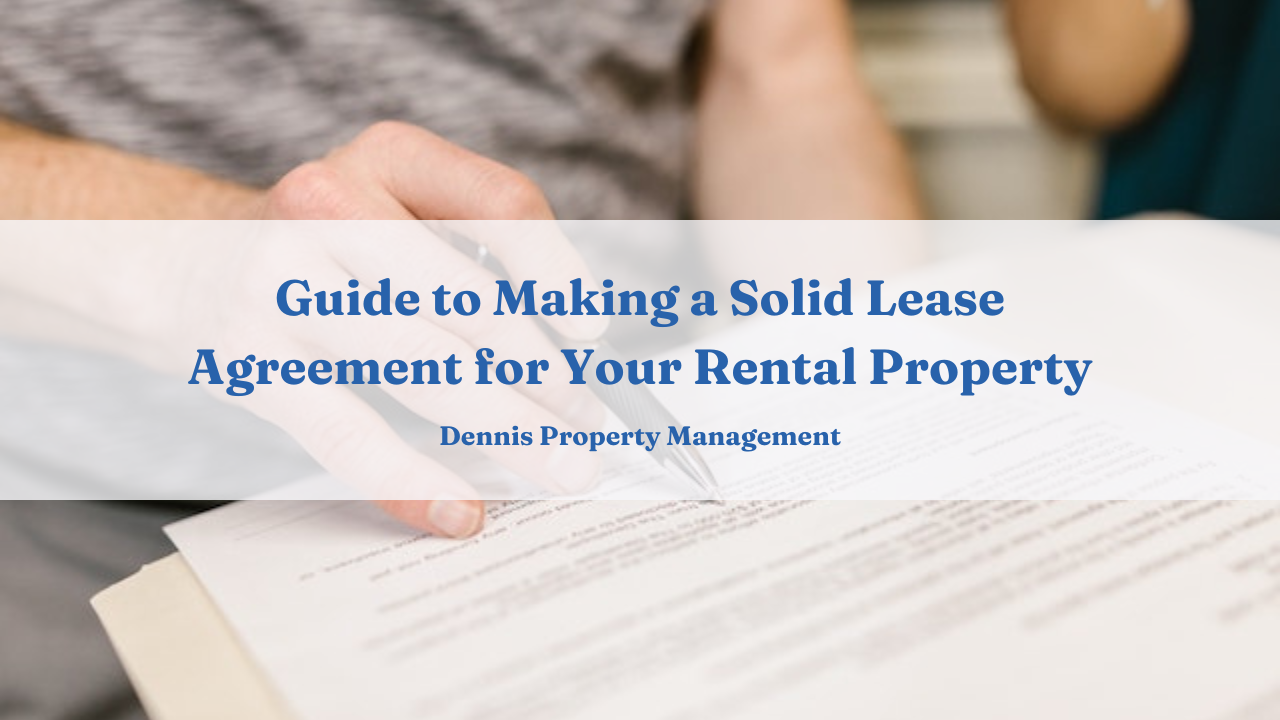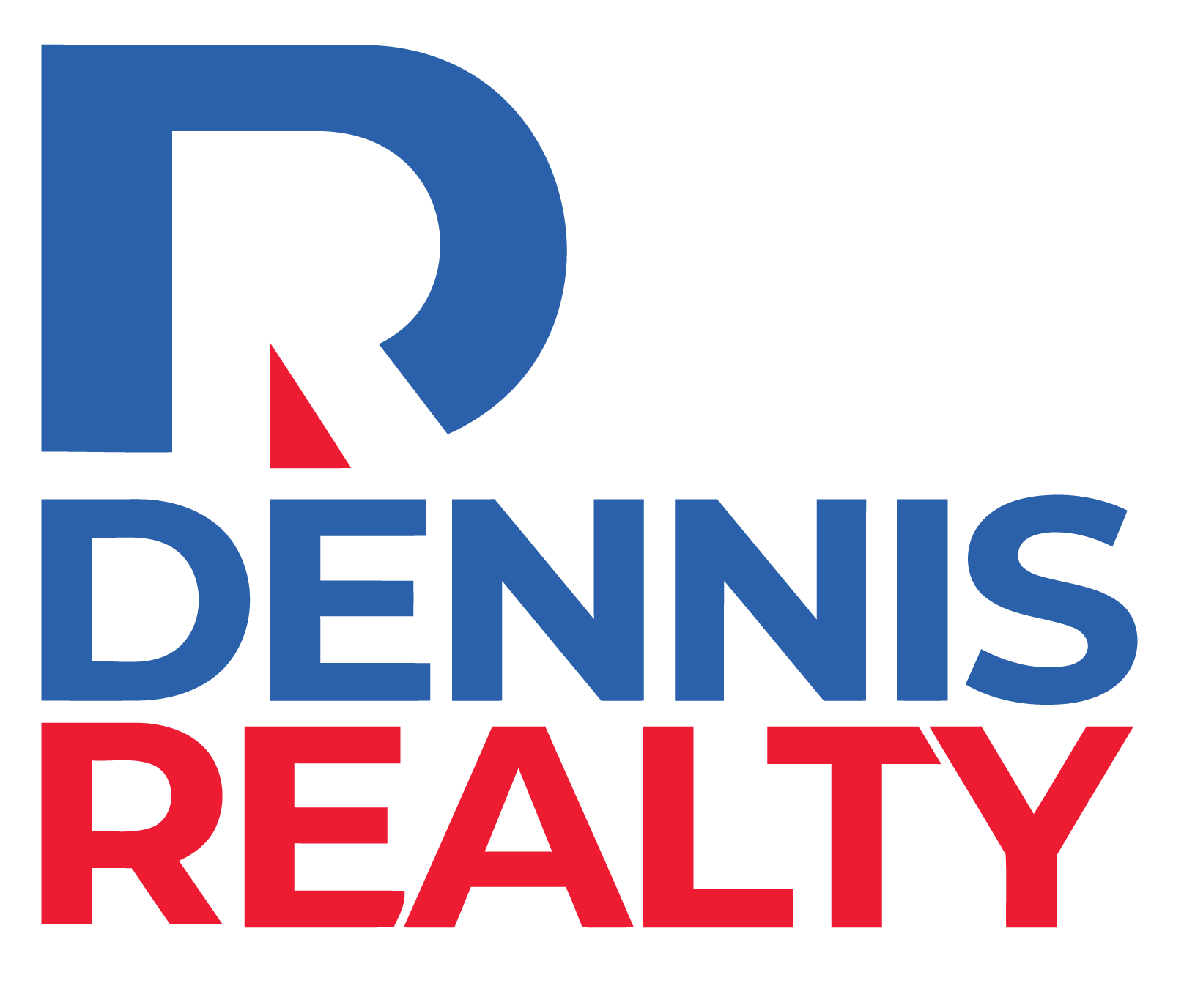
A lease agreement is one of the most critical documents for landlords managing rental properties. This legally binding contract not only outlines the terms of the rental arrangement but also serves as a safeguard against potential disputes. Creating a comprehensive and clear lease agreement is essential to protect both you and your tenants.
In this guide, we’ll walk you through the steps to create a solid lease agreement for your rental property.
1. Understand Local Landlord-Tenant Laws
Every state has specific landlord-tenant laws that govern rental agreements. These regulations dictate what must be included in the lease, such as:
Security deposit limits
Notice requirements for eviction
Tenant rights and responsibilities
Before drafting your lease agreement, familiarize yourself with your local laws to ensure compliance. Including illegal clauses, even unintentionally, could invalidate the agreement or expose you to legal risks.
2. Define the Terms of Tenancy
Specify the duration of the lease agreement. The two most common tenancy options are:
Fixed-term leases: Typically lasts for six months, a year, or longer. Ideal for tenants seeking long-term housing stability.
Month-to-month leases: Provides flexibility but may result in higher tenant turnover. These agreements automatically renew unless terminated by either party with proper notice.
Outline the start and end dates of the lease, and include terms for renewal or termination.

3. Outline Rent Details
Rent-related clauses are the foundation of any lease agreement. Be specific about:
Monthly rent amount: State the exact dollar amount due each month.
Due date: Specify when rent must be paid.
Payment methods: Include acceptable forms of payment (e.g., online payments, checks, or direct deposit).
Late fees: Clearly define penalties for late rent payments, including the grace period allowed.
This level of detail reduces misunderstandings and ensures timely payments.
4. Specify Security Deposit Terms
Security deposits protect landlords against potential property damage or unpaid rent. When drafting this section, include:
Deposit amount: Follow state regulations on security deposit limits.
Purpose: Clarify what the deposit covers (e.g., damage beyond normal wear and tear).
Return timeline: State when and how the deposit will be refunded after the tenant moves out.
Transparency in security deposit terms fosters trust and minimizes disputes.
5. List Tenant Responsibilities
Your lease agreement should outline what is expected of tenants in terms of property maintenance and behavior. Common tenant responsibilities include:
Keeping the property clean and in good condition.
Reporting maintenance issues promptly.
Complying with HOA rules (if applicable).
Avoiding illegal activities or nuisance behavior.
By defining these responsibilities, you can help prevent future conflicts.

6. Specify Landlord Responsibilities
As a landlord, you also have obligations. Include details about:
Regular maintenance (e.g., plumbing, heating, or pest control).
Compliance with health and safety standards.
Utility responsibilities (if you cover any costs).
A clear understanding of both parties’ duties can lead to smoother landlord-tenant relationships.
7. Include Policies for Pets, Guests, and Subletting
Addressing potential gray areas in your lease agreement prevents confusion. Be specific about:
Pet policies: Whether pets are allowed, restrictions on breed/size, and pet deposits or fees.
Guest rules: Limits on the number of guests and duration of their stay.
Subletting: Specify if tenants are allowed to sublet or assign the lease to someone else.
Explicit rules set clear boundaries and protect your property.
8. Add an Early Termination Clause
Circumstances may arise where either party needs to end the lease early. Specify the conditions for early termination, including:
Notice period required.
Penalties or fees for breaking the lease.
Providing this information upfront ensures both parties are aware of their options.
9. Review and Customize Templates
Using a lease agreement template can save time, but always review and customize it to meet your specific needs. Avoid generic clauses that may not apply to your rental property or state laws. Ensure that all terms are clear, concise, and legally enforceable.

10. Sign and Retain Copies
Once the lease agreement is finalized, ensure that both you and your tenant sign it. Provide a copy to the tenant and retain one for your records. A signed lease agreement serves as evidence of the terms agreed upon in case of disputes.
The Role of a Professional Property Management Company
Why Work with a Property Management Company?
Drafting a lease agreement can be complex, especially for landlords managing multiple properties or those new to the rental business. A professional property management company like Dennis Property Management can simplify this process and offer numerous benefits:
1. Expertise in Local Laws
Property management companies are well-versed in state and local landlord-tenant laws. We can help you create a legally compliant lease agreement, reducing the risk of errors that could lead to legal issues.
2. Customized Lease Agreements
Professional property managers customize lease agreements to suit your specific property and tenant requirements. We can ensure that the document addresses all necessary terms, from rent collection to maintenance responsibilities.
3. Tenant Screening and Placement
In addition to drafting lease agreements, property managers can handle tenant screening, ensuring you find reliable residents. This includes background checks, credit evaluations, and rental history verification.
4. Rent Collection and Enforcement
Property management companies streamline rent collection and enforce lease terms, saving you time and effort. We handle late payments and other lease violations professionally and efficiently.

5. Ongoing Support
Beyond lease agreements, property management companies provide continuous support for property maintenance, tenant communication, and legal compliance. This reduces the stress of day-to-day property management.
Is Hiring a Property Management Company Worth It?
While property management companies charge fees for their services, the value we provide often outweighs the costs. For landlords juggling multiple properties or those seeking to save time and avoid legal pitfalls, hiring a property manager can be a smart investment.
Conclusion
Creating a solid lease agreement is a cornerstone of successful property management. By understanding local laws, outlining clear terms, and addressing potential areas of conflict, you can protect your interests as a landlord while fostering a positive relationship with your tenants.
Consider partnering with a professional property management company like Dennis Property Management. Our expertise can help you navigate the complexities of lease agreements, ensure legal compliance, and provide ongoing support for your rental property.
A well-crafted lease agreement sets the foundation for a positive rental experience—both for you and your tenants. If you need professional assistance, contact Dennis Property Management.















